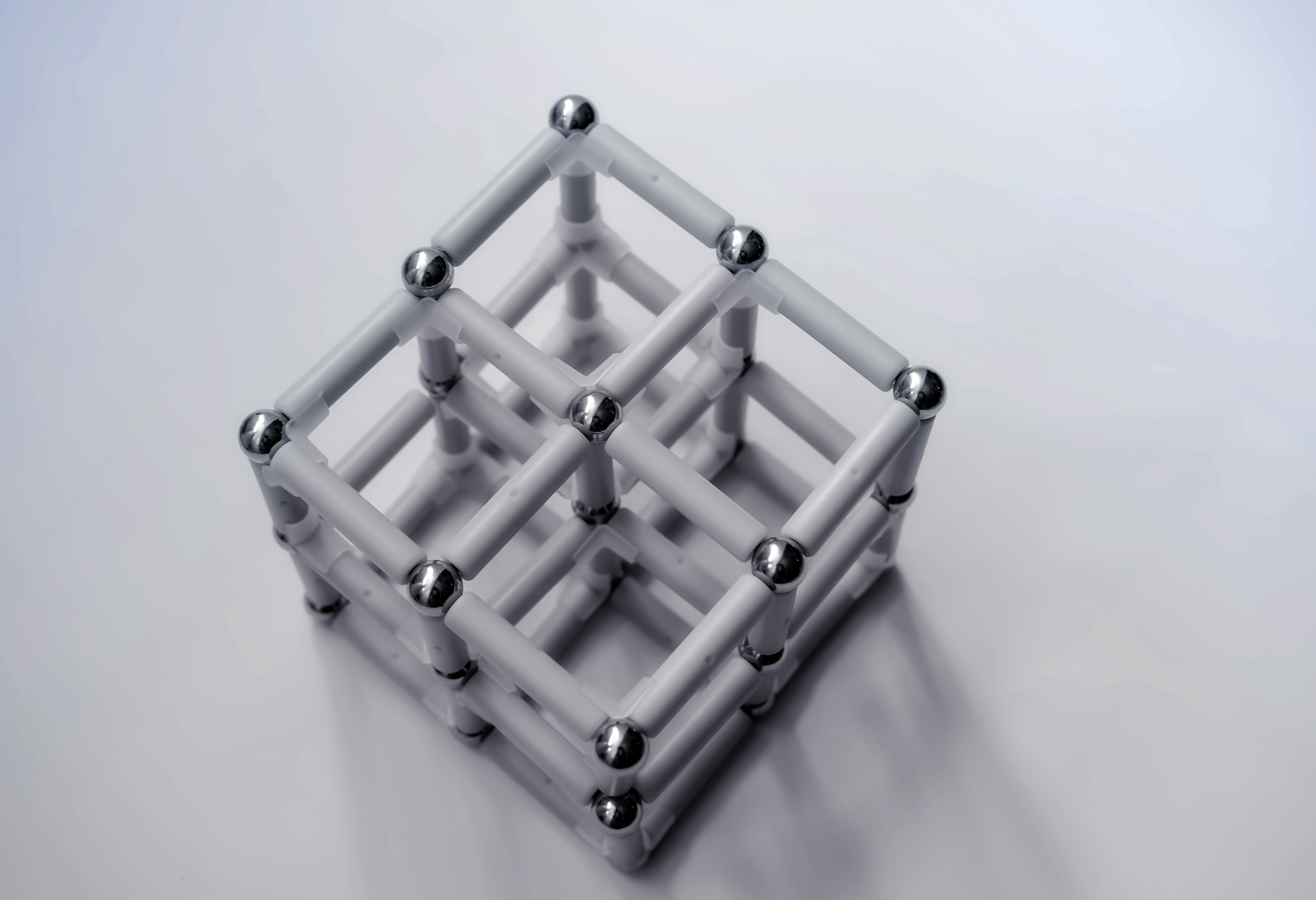Key Takeaway

- Researchers from ORNL used a commercial quantum computer to identify a molecular candidate for more efficient solar cells
- The focus was on the linear H4 molecule, which has suitable energetic levels for singlet fission
- Singlet fission has the potential to break the conventional solar cell efficiency limit of about 33%
Have you ever wondered how solar panels work?
Researchers at the Department of Energy's Oak Ridge National Laboratory (ORNL) did, and they've made a groundbreaking discovery that could change the way we think about solar energy.
In a recent study, ORNL researchers utilized a commercial quantum computer, the Quantinuum H1-1, to identify a molecular candidate that could potentially enhance the efficiency of solar cells. The focus was on the linear H4 molecule, whose energetic levels were found to be suitable for the process of singlet fission, a phenomenon that could potentially break the conventional solar cell efficiency limit of about 33%.
The researchers applied three independent strategies to decrease the project's computational workload, reducing the time to solution from months to a few weeks. ORNL's approach bypasses approximations commonly found in techniques used for classical computers, providing an effective simulation method to identify molecules that demonstrate singlet fission properties. The team used PDS, a quantum solver developed at Pacific Northwest National Laboratory, to calculate accurate energetics numbers.
To overcome the high error rates of quantum computer systems, the team implemented strategies such as qubit tapering, qubit-wise commutativity, and running multiple circuits in parallel. Despite the challenges, the ORNL team demonstrated the viability of current quantum computers to tackle scientific problems that could impact daily life.
The study was funded by DOE's Office of Basic Energy Sciences, and access to the quantum computer was provided by the Quantum Computing User Program at the Oak Ridge Leadership Computing Facility.
If you're interested in learning more about this groundbreaking research, you can read the full article on the ORNL website or in the Journal of Physical Chemistry Letters.
Furthermore, if you want to know more about the Quantinuum H1-1 quantum computer used in the study, you can visit the Quantinuum website.
The ORNL researchers are considering other problems that may be solved using the quantum computing techniques demonstrated in this project, such as "the interaction of matter and light". Stay tuned for more exciting developments in this field!# ORNL Researchers Use Commercial Quantum Computer to Identify Molecular Candidate for Development of More Efficient Solar Panels
Have you ever wondered how solar panels work? Researchers at the Department of Energy's Oak Ridge National Laboratory (ORNL) did, and they've made a groundbreaking discovery that could change the way we think about solar energy.
In a recent study, ORNL researchers utilized a commercial quantum computer, the Quantinuum H1-1, to identify a molecular candidate that could potentially enhance the efficiency of solar cells. The focus was on the linear H4 molecule, whose energetic levels were found to be suitable for the process of singlet fission, a phenomenon that could potentially break the conventional solar cell efficiency limit of about 33%.
The researchers applied three independent strategies to decrease the project's computational workload, reducing the time to solution from months to a few weeks. ORNL's approach bypasses approximations commonly found in techniques used for classical computers, providing an effective simulation method to identify molecules that demonstrate singlet fission properties. The team used PDS, a quantum solver developed at Pacific Northwest National Laboratory, to calculate accurate energetics numbers.
To overcome the high error rates of quantum computer systems, the team implemented strategies such as qubit tapering, qubit-wise commutativity, and running multiple circuits in parallel. Despite the challenges, the ORNL team demonstrated the viability of current quantum computers to tackle scientific problems that could impact daily life.
The study was funded by DOE's Office of Basic Energy Sciences, and access to the quantum computer was provided by the Quantum Computing User Program at the Oak Ridge Leadership Computing Facility.
If you're interested in learning more about this groundbreaking research, you can read the full article on the ORNL website or in the Journal of Physical Chemistry Letters.
Furthermore, if you want to know more about the Quantinuum H1-1 quantum computer used in the study, you can visit the Quantinuum website.
The ORNL researchers are considering other problems that may be solved using the quantum computing techniques demonstrated in this project, such as "the interaction of matter and light". Stay tuned for more exciting developments in this field!
How Solar Panels Work
Solar panels convert sunlight into electricity through a process called the photovoltaic effect. This process occurs when certain materials, such as silicon, are exposed to sunlight. The energy from the sunlight is absorbed by the material, which causes electrons to be released from their atoms. These electrons then flow through the material, creating an electrical current.
Solar panels are made up of many individual solar cells. Each solar cell is made of layers of silicon and other materials, and is designed to capture as much sunlight as possible. When sunlight hits a solar cell, the energy from the sunlight is absorbed by the silicon, which causes the release of electrons and the creation of an electrical current.
How Singlet Fission Works
Singlet fission is a process where a single photon of light absorption by a molecule produces two excited states. This phenomenon has the potential to break the conventional solar cell efficiency limit of about 33%.
In order for singlet fission to occur, the molecule must have certain energetic levels that match the requirements of the process. The ORNL researchers used the Quantinuum H1-1 quantum computer to identify the linear H4 molecule as a molecular candidate with the suitable energetic levels for singlet fission.
The Role of Quantum Computing
Classical computers are limited in their ability to accurately simulate the behavior of molecules, especially those involving quantum mechanical effects. This is where quantum computers come in. Quantum computers are designed to perform complex calculations involving quantum mechanical phenomena, such as the behavior of molecules.
In the ORNL study, the team used a commercial quantum computer, the Quantinuum H1-1, to identify a molecular candidate for the development of more efficient solar cells. They used PDS, a quantum solver developed at Pacific Northwest National Laboratory, to calculate accurate energetics numbers.
The ORNL team also implemented several strategies to reduce the computational workload and overcome the high error rates of quantum computer systems. These strategies included qubit tapering, qubit-wise commutativity, and running multiple circuits in parallel.
Conclusion
The ORNL researchers have demonstrated the viability of current quantum computers to tackle scientific problems that could impact daily life. By using a commercial quantum computer, the Quantinuum H1-1, they were able to identify a molecular candidate for the development of more efficient solar cells. This research could have a significant impact on the future of solar energy, and demonstrates the potential of quantum computing to solve complex scientific problems.
If you're interested in learning more about this groundbreaking research, be sure to check out the links to the ORNL website, the Journal of Physical Chemistry Letters, and the Quantinuum website provided above.

